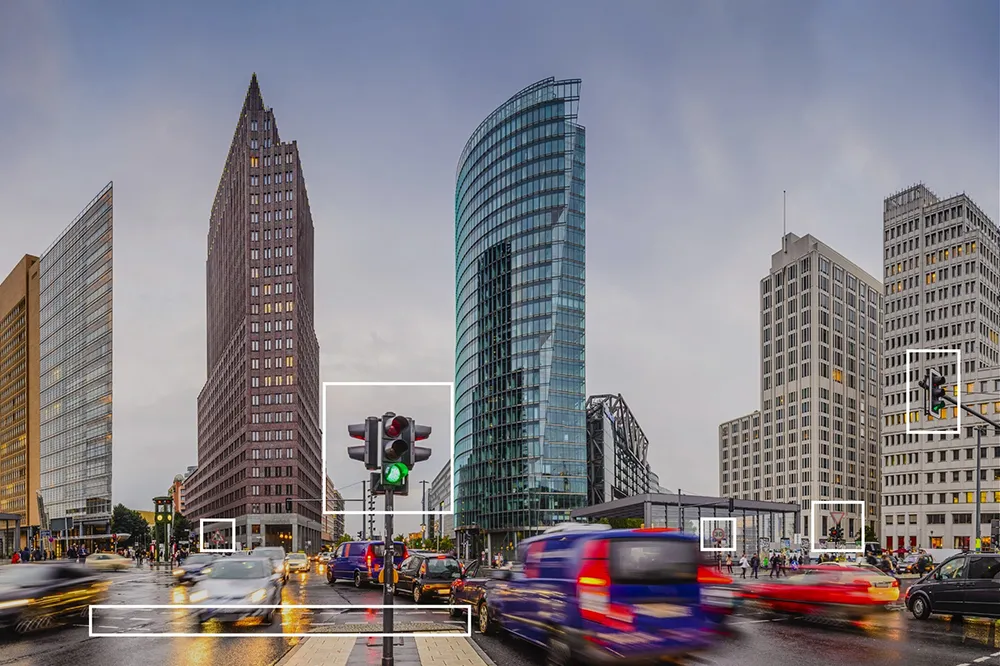
To address this, the first stone of what is now the tolled 162km Superstrada Pedemontana Veneta, or SPV, was laid in November 2011 in Romano d'Ezzelino. In 2012 work began on the first stretch of the €2.6 billion motorway. Recently opened, the Pedemontana Veneta connects Montecchio Maggiore to Spresiano passing through the industrial district of Thiene-Schio, Bassano del Grappa and north of Treviso.
The strada is owned by the Region of Veneto, one of Italy’s 20 regions and where Venice is the largest city. Notably, it does not have an alphanumeric classification as do other Italian motorways, but is identified simply by the abbreviation SPV. It is maintained by ANAS (National Autonomous Roads Corporation, an Italian government-owned company responsible for the construction and maintenance of Italian motorways and part-managed by the private company Autostrade per l'Italia.
The SPV’s route has three connections to other national motorways. In this way, it delivers greater mobility for the area’s 4.9 million inhabitants and the 500,000 businesses that call the region home.
Overcoming challenges
Constructing the highway presented a number of engineering challenges, including bridging the Poscola, Astico, Laverda, Muson and Brenta rivers. The bridge over the Brenta needed to be 430m long while other required features included two natural tunnels and 33 bored tunnels, the longest running to 6km.
Given the amount of traffic the road is expected to carry, it is vital that SPV’s operators keep the highway moving smoothly and safely and that they have access to data on traffic volumes and average speeds. To do so, they are relying on an AI-powered video surveillance system from Hanwha Techwin, based in South Korea, and its technology partner Sprinx, based near Milan.
Italian distributor SIRIUS – COMPASS and two systems integrators, Turin-based SIS and Rome-based Pagano, worked together to install 600 cameras along the route of the SPV. They are Hanwha Techwin’s high-resolution Wisenet cameras with day and night ICR technology and a wide dynamic range to deliver high-quality images, regardless of light levels. The installations also feature Hanwha Techwin 32x zoom PTZ dome cameras, all managed through a Wisenet WAVE video management system.
Early incident detection
The cameras are integrated with the traffix.ai solution from analytics expert Sprinx. This uses deep learning and image processing to deliver a wide range of server-based analytic functions that increase safety for road users and provide greater insight into how the highway is being used. These functions include automatically detecting traffic incidents in real-time and immediately alerting the highway’s operators to initiate an emergency response. Whether it is a stalled vehicle in one of the highway’s lanes or a car travelling the wrong way down the highway, the system reliably detects events that could cause traffic congestion at best and serious accidents at worst. The solution also spots and alerts highway operators to smoke in any of the route’s many tunnels, which might indicate a traffic incident or a fire.
Using Hanwha Techwin’s cameras as a traffic sensor, the Sprinx software solution also detects queues of traffic and objects in the road, such as goods and cargo spilt by passing vehicles. Added safety is also ensured by the system’s ability to alert operators to any pedestrians straying onto the highway.
Insights into road use
Deploying AI in the system delivers additional benefits for the SPV beyond safety. Using Sprinx’s traffic analytics, the system installed along the length of the highway keeps track of vehicles moving in any of the Wisenet cameras’ field of view. It collects data on the highway’s two lanes at the same time and in both directions of travel.
The traffic data that can be recorded and stored as a result provide a rich source of insight into how and when the highway is being used and by what types of vehicles. The system allows operators to undertake vehicle counts, measure traffic density and ascertain the average speed of vehicles along the route. Fully integrated with the Wisent Wave video management system, all this information is delivered via an intuitive web-user interface.
“Together, Hanwha Techwin and Sprinx make the Pedemontana Veneta highway safer for road users and help keep traffic flowing,” says Gerando Capezzuto of SIS. “Using Sprinx’s AI video analytics and the Wisenet Wave VMS platform of Hanwha Techwin, we are able to instantly detect incidents along hundreds of kilometres of road to provide a faster response. Meanwhile, the insight it has provided into how the highway is being used are proving invaluable in maximising the efficient use of the road.”
*Hanwha Techwin is a subsidiary of Hanwha Corporation, one of the largest business conglomerates in South Korea. The company offers total security solutions which encompass network and analogue cameras, recording solutions, video management software and compression technology.







